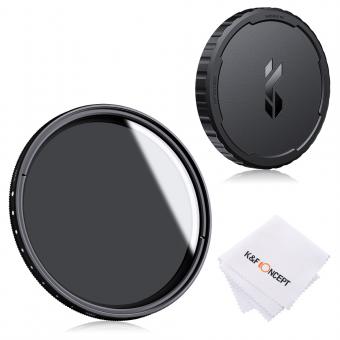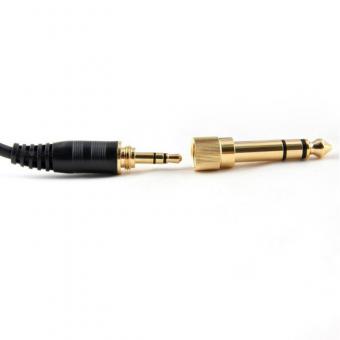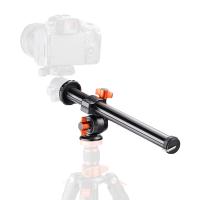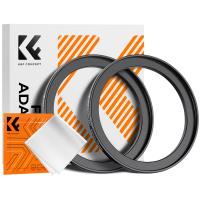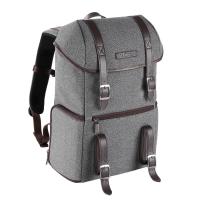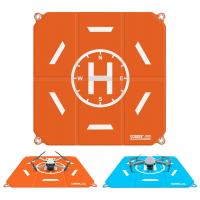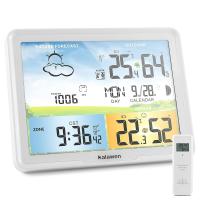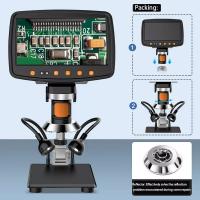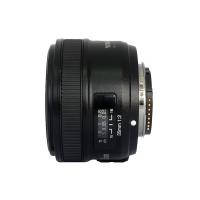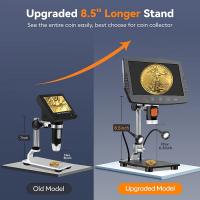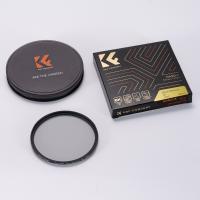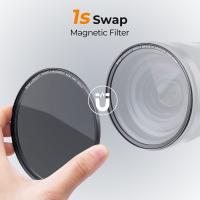What Nd Filter For Eclipse ?
A neutral density (ND) filter with a strength of at least 12 stops is recommended for photographing a solar eclipse. This will help to reduce the amount of light entering the camera and prevent overexposure of the image. It is important to use a filter specifically designed for solar photography, as regular ND filters may not provide adequate protection for your eyes or camera sensor. Additionally, it is important to follow proper safety guidelines when photographing a solar eclipse, including using a solar filter for your camera lens and never looking directly at the sun without proper eye protection.
1、 Optical Density
The recommended ND filter for viewing a solar eclipse is an Optical Density (OD) of 5.0 or higher. This means that the filter blocks out 99.999% of the sun's light, making it safe to view the eclipse without damaging your eyes. It is important to note that regular sunglasses or camera filters are not sufficient for viewing a solar eclipse as they do not provide enough protection.
In recent years, there has been some debate about the use of ND filters for viewing solar eclipses. Some experts argue that using an ND filter can actually reduce the quality of the eclipse viewing experience, as it can make the corona (the outermost layer of the sun's atmosphere) less visible. However, others argue that the safety benefits of using an ND filter outweigh any potential reduction in image quality.
Ultimately, the decision to use an ND filter for viewing a solar eclipse is a personal one. If you do choose to use an ND filter, make sure to purchase one from a reputable source and follow all safety guidelines to protect your eyes.
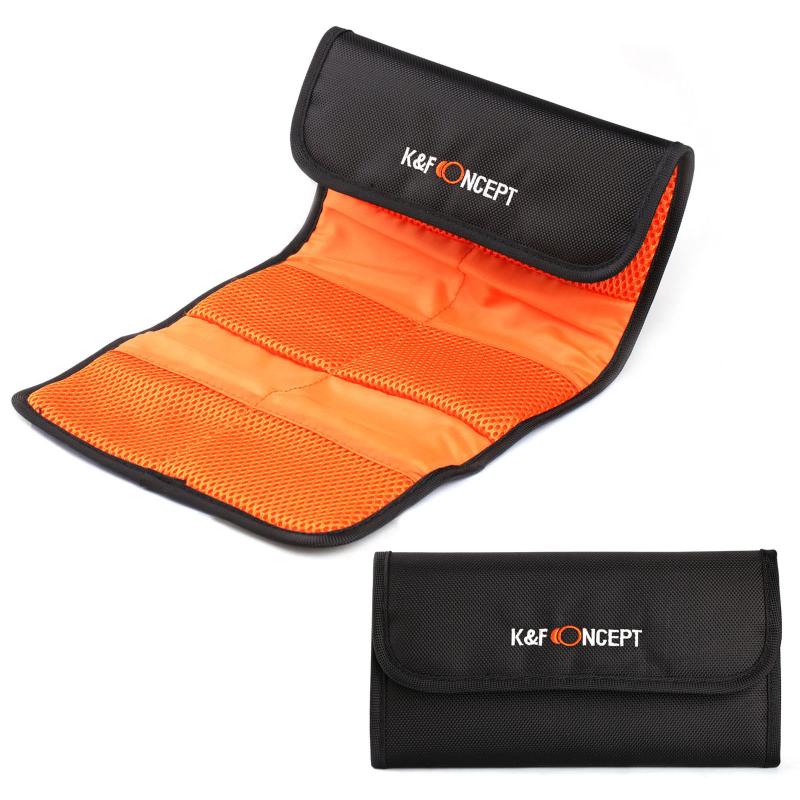
2、 Filter Size
What ND filter for eclipse? The answer to this question depends on the type of camera and lens you are using, as well as the specific conditions of the eclipse you are photographing. However, a general rule of thumb is to use an ND filter with a strength of at least 10 stops to protect your camera and lens from the intense light of the sun during the eclipse.
When it comes to filter size, it is important to choose a filter that fits your lens diameter. Many popular lens sizes have corresponding filter sizes, such as 77mm or 82mm. It is also important to choose a high-quality filter from a reputable brand to ensure that it does not affect the image quality of your photos.
It is worth noting that some photographers prefer not to use an ND filter during an eclipse, as it can reduce the contrast and sharpness of the image. Instead, they may use a solar filter specifically designed for photographing the sun during an eclipse.
Ultimately, the best ND filter for an eclipse will depend on your specific equipment and shooting conditions. It is important to do your research and test different filters before the eclipse to ensure that you capture the best possible images.
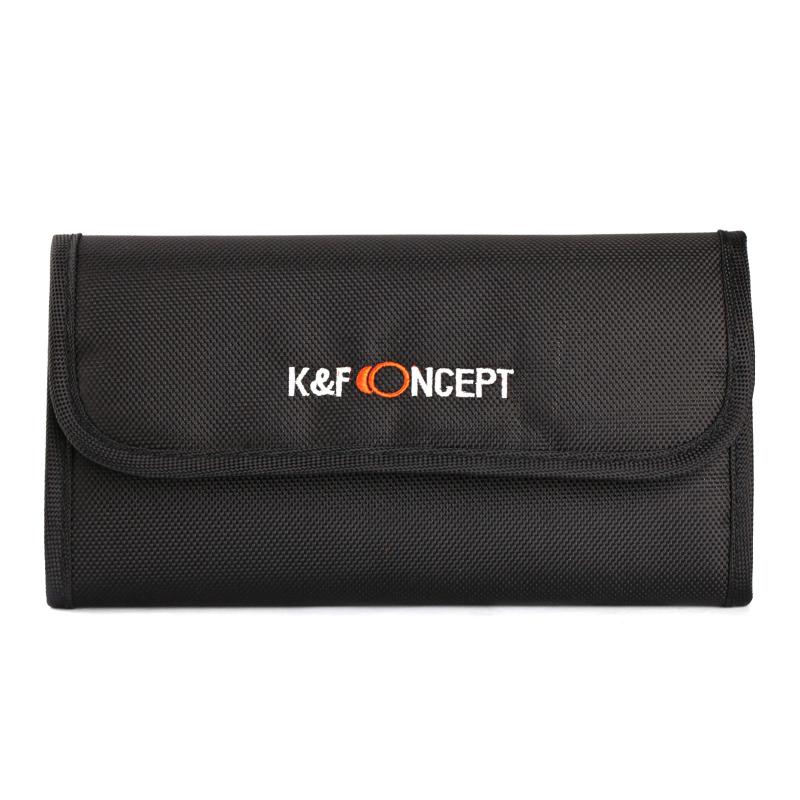
3、 Coating Type
What ND filter for eclipse? When it comes to choosing an ND filter for photographing an eclipse, it is important to consider the coating type. ND filters come in two types of coatings: multi-coated and single-coated. Multi-coated filters are more expensive but offer better protection against flare and ghosting. Single-coated filters are less expensive but may produce unwanted reflections and flares.
In recent years, there has been a growing trend towards using variable ND filters for eclipse photography. These filters allow you to adjust the amount of light entering the lens by rotating the filter, making it easier to capture the changing light conditions during an eclipse. However, it is important to note that variable ND filters may produce a cross-shaped pattern in the image, which can be distracting.
Another important factor to consider when choosing an ND filter for eclipse photography is the strength of the filter. The strength of an ND filter is measured in stops, with higher numbers indicating a stronger filter. For photographing a total solar eclipse, a filter with a strength of at least 16 stops is recommended to protect your camera and eyes from the intense light.
In conclusion, when choosing an ND filter for eclipse photography, it is important to consider the coating type, strength, and whether a variable ND filter is appropriate for your needs. It is also important to follow proper safety precautions when photographing an eclipse to protect your eyes and equipment.
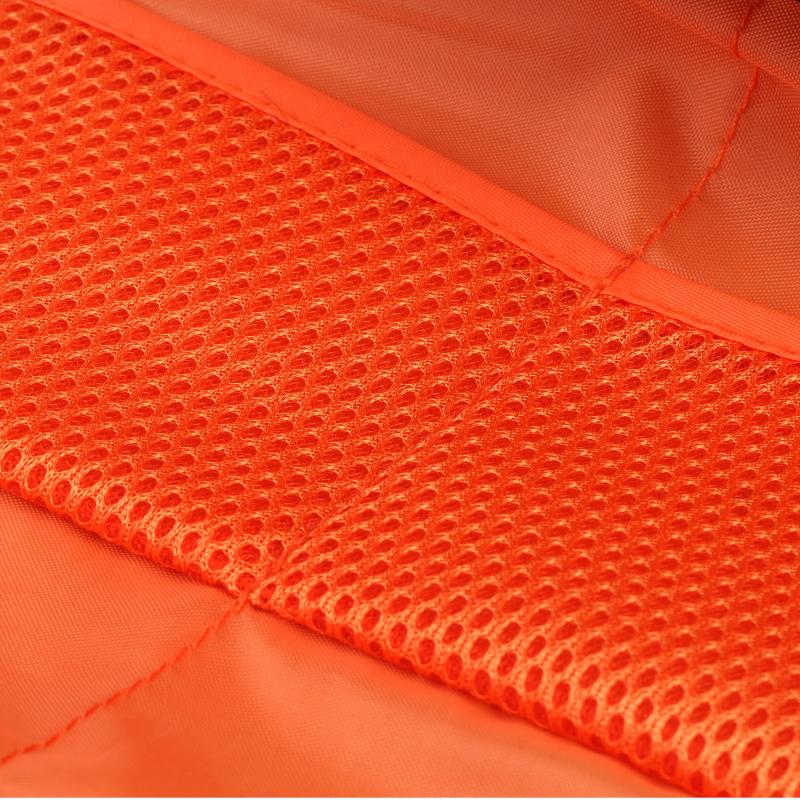
4、 Color Cast
What ND filter for eclipse? When it comes to photographing an eclipse, using an ND filter is essential to protect your camera and your eyes from the harmful effects of the sun. An ND filter reduces the amount of light entering the camera, allowing you to use slower shutter speeds and wider apertures without overexposing the image.
The strength of the ND filter you need will depend on the phase of the eclipse you are photographing. During the partial phases, you will need a stronger ND filter, while during totality, you may not need one at all.
It is recommended to use a high-quality ND filter to avoid color cast, which is a shift in color that can occur when using low-quality filters. Color cast can be corrected in post-processing, but it is best to avoid it altogether by investing in a good ND filter.
The latest point of view is that a variable ND filter can be a good option for photographing an eclipse. A variable ND filter allows you to adjust the strength of the filter by rotating it, giving you more flexibility in changing lighting conditions during the eclipse.
In summary, when choosing an ND filter for an eclipse, consider the phase of the eclipse you are photographing, invest in a high-quality filter to avoid color cast, and consider a variable ND filter for added flexibility.



